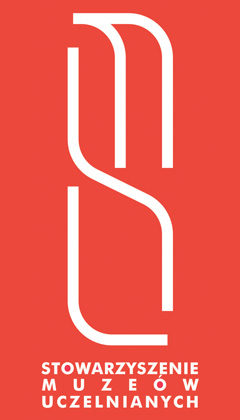Museum of Silesian Organs
Karol Szymanowski Academy of Music
ul. Zacisze 3
40-025 Katowice
Tel. (32) 779 21 00 – information
Director, Department of Organs and Church Music – adt dr hab. Krzysztof Lukas
Staff: Prof. Julian Gembalski, e-mail: J.Gembalski@am.katowice.pl, gembalski@op.pl
www.am.katowice.pl/?a=315_muzeum-organowslaskich
Free admission
Opening hours:
Mondays, Thursdays, Fridays: 5 pm – 7 pm
Tuesdays, Wednesdays: 11 am – 1 pm
Visits for individual groups can be organized at other times (please call the Director of the Faculty of Organs
and Church Music to book in advance). In July and August the museum is open for groups that book by telephone in advance. Guided tours can be arranged.
Director: Prof. Julian Gembalski
Staff: Stanisław Pielczyk PhD
The idea to establish the Museum of Silesian Organs arose in the 1980s. The then initiator of the project, and current head of the Faculty of Organs and Church Music, Prof. Julian Gembalski, began to collect organ parts found during research work in Upper Silesia. He acquired not only the original pipes, wind-chests and parts of the consoles, but also
unused, often dilapidated complete instruments or their parts. Inventories were made of these pieces, which were then safeguarded and underwent conservation work. In this way the destruction of many valuable museum exhibits was prevented, which were also useful for research work. The collections were supplemented with an extensive collection of archival documents, iconography, documentation of conservation work and documents concerning musical life related to
organs. In its role as an institution operating within the Academy of Music, the Organ Museum was established by a decision of the senate dated 4 April 2002, and was officially opened on 20 October 2004. From an organizational perspective, the museum is part of the Faculty of Organs and Church Music. The goal of the Museum of Silesian Organs is to amass, safeguard and protect objects related to organs and their history as well as carry out research work and to make these objects available to the public as part of a permanent exhibition. Apart from their role as museum exhibits, many organs are also of academic value: they are used for carrying out research into constructional problems, technologies used, problems associated with their conservation and the history of Silesian organs. Therefore, the Faculty of Organs and Church Comments: organ in working order, after comprehensive conservation work, located in Sala Kameralna II, used for teaching purposes and for concerts given as part of the museum tours Music has organized its own research and technological facilities, including a workshop and conservation workshop as well as a research centre and archives. The latter facility was transformed into an independent entity (thanks to a grant from the Ministry of Science and Higher Education) known as the Organological Archives at the Museum of Organs, which is where the centre documenting Silesian organs is located. The archives process the collections to make them available in the future to researchers and scholars. Every few years, the Faculty of Organs and Church Music, organizes an International Academic Conference ‛Organs in Silesia’, the results of which are published. Seven volumes of a series entitled Organy na Śląsku (Organs in Silesia) contain source materials on the history of organs in Silesia from the perspective of their history, construction, preservation and conservation. The museum also organizes temporary exhibitions both at the academy and at other museums in the region. For many years it has participated in the Night of Museums. The collections, along with the documentation of the Organological Archives at the museum, include more than 500 items. The museum has an extensive bibliography, including a unique album Muzeum Organów Śląskich, which was published in 2013.
Prof. Julian Gembalski
















